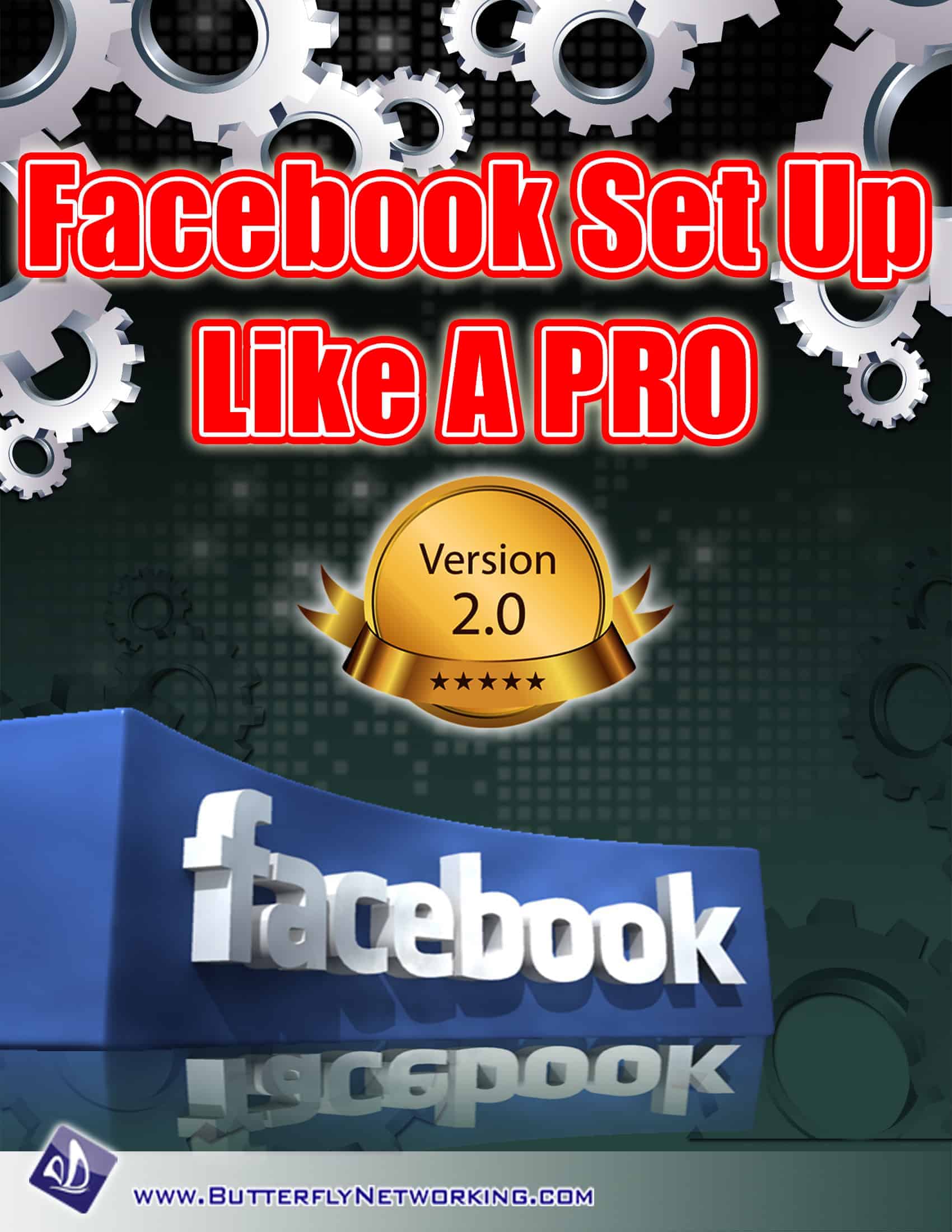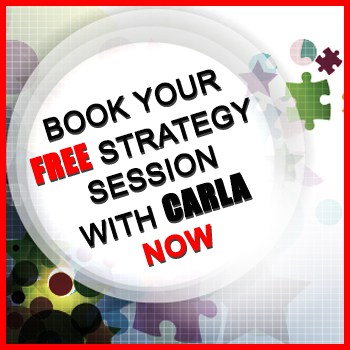How to Avoid Burnout as a Creator
ByHow to Avoid Burnout as a Creator
A Resource for Avoiding It
In 2018, YouTuber Elle Mills posted a video detailing how burnout had impacted her ability to share content with her millions of YouTube subscribers. Since then, it’s become common to see videos, tweets, and posts announcing a break due to burnout.
Burnout is quite severe — 61 percent of creators are facing burnout, according to ConvertKit’s 2022 State of the Creator Economy report. Its effects and consequences vary, but with studies showing that it can take up to three years to recover from burnout, it’s not something anyone should risk.
So whatever your reasons are for creating content, whether to grow a personal brand or build an influencer empire, it’s vital to develop systems for avoiding burnout. How? In this article, we hope to provide an answer to that question. We’ll help you identify signs of burnout and share advice from creators like Jack Appleby and Tori Dunlap on avoiding it entirely.
How can you identify creator burnout?
Burnout manifests in different ways and for various reasons. However, the results are usually the same – you lose the motivation for creative output. To prevent it, you must understand what may be happening in your daily routine that might lead you to burnout. Some reasons you may experience burnout, according to ConvertKit’s report, include:
- Feeling pressure to post consistently and everywhere: There are so many different platforms, and it’s easy to fall into the trap of feeling the need to be everywhere all the time. But that may not be efficient. Experts often refer to niching down to a particular topic, industry, or platform as the best way to make the most of your creative efforts. Of course, leave room for experimentation, but once you know which platforms work best for you and your audience, be confident in your decision to adopt one or stay away.
- Content fatigue: Running out of ideas – and a lack of motivation to find new ones – is one of the clearest signs that you’re burned out. And sticking it out won’t do you or your audience any favors because the perceived value you provide may no longer shine through in your work.
- Comparisons to other creators: It’s commonplace for people to compare themselves to what they see fellow creators doing. But this is never helpful, especially when you only have insights from what they share online. The creative journey is a sprint and rarely has a definite end – growth will happen to everyone even if the paces differ.
- Unable to mentally disengage: The Internet has become omnipresent, making it difficult to disengage even for people who haven’t made it their job to post online. The need to leave your work where it is cannot be overstated – and if you feel like you can’t take a break, you may be on the verge of burnout.
- Physical manifestations: Burnout can exacerbate or lead to anxiety and even depression. If creating and publishing content – or even just the idea – has physical consequences, you may be burned out.
A contributor to this New York Times article about burnout said, “I feel like social media is built to burn people out.” But social media is ultimately just a tool – how you wield it matters more than what it is. Armed with the knowledge of how it can be harmful, you must adopt habits and create systems to avoid or overcome burnout.
Tips from creators on avoiding (or overcoming) burnout
Taking steps to prevent burnout is far more important than fighting burnout when it hits. Here’s what these creators do to avoid burnout.
Set aside time for “life” through boundaries
First and foremost on the journey to avoiding burnout is setting proper boundaries. This helps you find and maintain a balance between what is work and what isn’t. Treat your work like you would a job and create space for separate activities.
Of course, this is easier said than done. Tori Dunlap, founder of HerFirst100k is no stranger to struggling with productivity. As the face of her brand, she often finds herself unable to separate work and life. She says, “I’m [honestly] still working on [avoiding burnout]. I’m navigating it because I care so much [about my work] – it feels like my child that I need to take care of constantly.”
Still, Tori has found ways to disconnect. On how she avoids burnout, Tori says, “I find being present with people that I love is really helpful for me. I love opportunities where I can forget about work because, honestly, they’re few and far between.”












